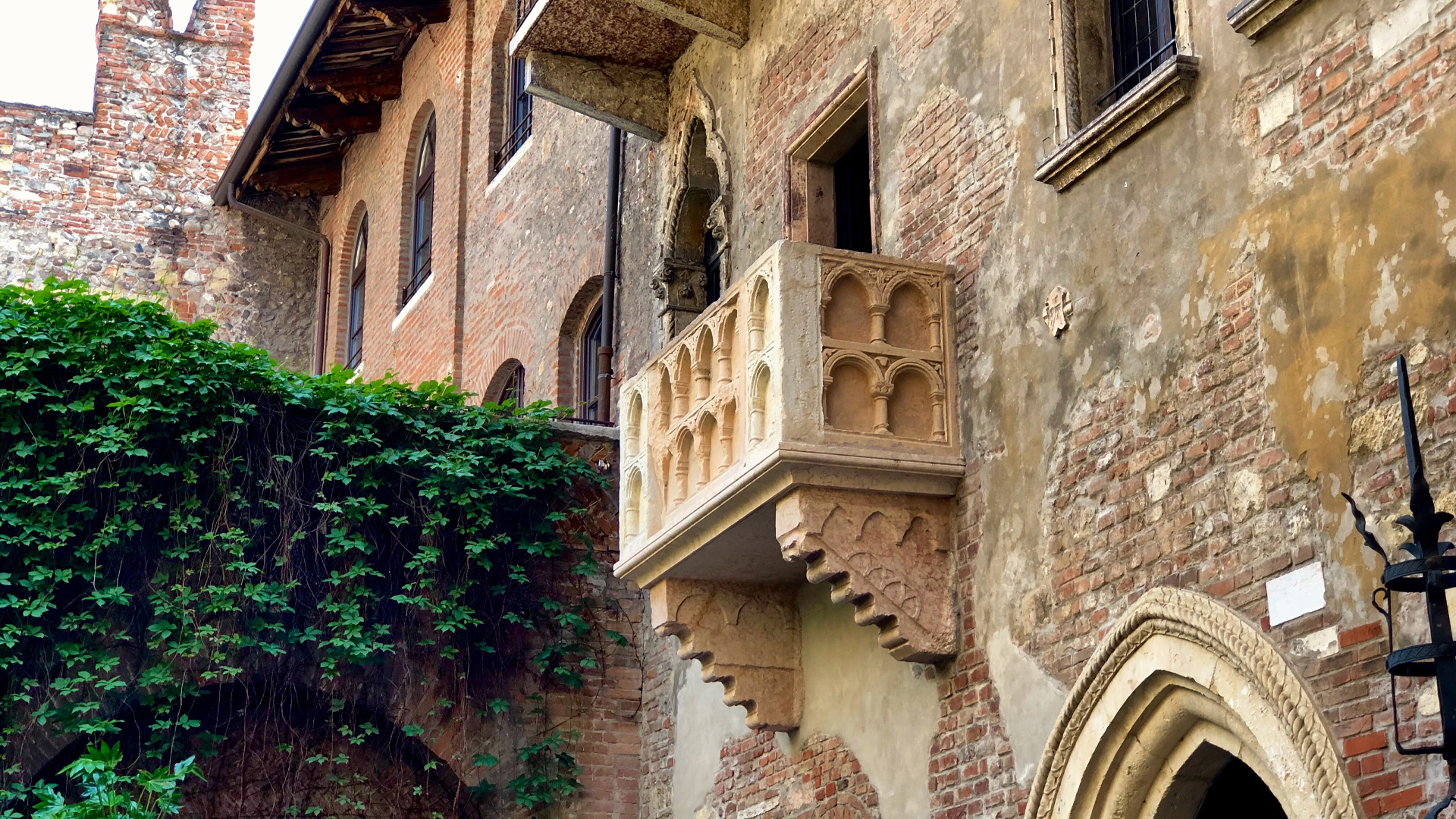La Festa degli Innamorati, The Feast of the Lovers
Valentine's day is known in Italy as La Festa degli Innamorati, the feast of the lovers. Today, Americans may think of this as a holiday invented to purchase candy and greeting cards, but the true origins go back more than 2,500 years to ancient Rome when it was celebrated as a lovers' fest bacchanalia, known as a rowdy affair.
Modern day Valentine's Day began as the feast day of St. Valentine in the 5th century when Pope Gelasius I was eager to suppress a sexually driven pagan holiday. Lupercalia, celebrated by pagan worshippers, was a celebration of renewal and fertility.
Lupercalia was a multi-day festival held in the middle of February. The holiday dates back at least the 6th century BCE - possibly even older - around the time Rome was founded in the 8th century BCE. The name comes from lupus, Latin for wolf (lupe in modern Italian) and for this reason is likely tied to the origin story of ancient Rome.
Lupercalia was historically a fertility holiday and William Shakespeare's play, Julius Caesar is set during this festival. Julius Caesar asks Mark Antony to help his wife conceive corresponding with traditions of Lupercalia.
By the 5th century, Catholic Popes began to push back against the festival. Pope Hilarius in 467 attempted to convince Emperor Anthemius to ban it entirely, but failed. Pope Gelasisus I in 494 came up with the compromise to reimagine the pagan festival as a Catholic celebration. His first attempt was to create the Festival of the Purification of the Virgin. While that festival lives on, Gelasisus' efforts to end the pagan ritual was not as successful as he hoped. During his next attempt, Gelasius’ created Valentine's Day in 496 to honor the declaration of Valentine as a saint. February 14th was established as his feast day remembering his execution. The new saint’s feast day was the perfect compromise as the Lupercalia festival began to fade away. In 1969, Saint Valentine's feast day was removed from the universal Catholic calendar, although he remains a saint.
During the Middle Ages, Valentine's Day gained popularity and was marked by poetry and literature throughout Europe. The holiday grew in importance across the continent - encouraged by Catholic priests - and by the colonial era young men would write poetry and play games with eligible young women. In the Victorian era, the bourgeois sent each other fanciful cards. In 1913, Hallmark produced its first Valentine's Day card.
In the 1870s, candy and chocolate became synonymous with Valentine's Day thanks to British chocolate manufacturer Cadbury. Richard Cadbury, the son of the founder, created decorative tins to boost sales. By the 20th Century, Italy's candy companies had caught onto the marketing scheme. Valentine's Day may have been the saving grace to one of Italy's iconic chocolate companies. The Perugina candy company first released the Bacio, a chocolate kiss, in time for Valentine's Day in 1922.
Modern celebrations in Italy include a number of festivals across the country. One of the largest is set in Verona, the setting of Shakespeare's Romeo and Juliet. The city celebrates a modern multi-day festival known as “Verona in Love”. The city goes all out for the holiday. In Piazza dei Signori, an enormous, bright red heart-shaped carpet is laid out with vendors selling trinkets and mementos. The streetlights are decorated with heart-shaped lights, shops offer special discounts, and the Lamberti Tower is open to tours with spectacular views of the city. The main attraction during the festival is none other than "Juliet's Balcony". Although Shakespeare's story is fictional, a 13th-century villa once belonging to the Cappello family, similar to the Capulets in the famous play, has a balcony overlooking a beautiful courtyard. Today, the villa is a costume museum and gift shop.
In the city of Quero, outside of Venice, a ceremonial blessing of oranges is meant to bring good fortune. The oranges are then thrown down a hill near the Church of San Valentino. In Terni, Umbria the city hosts the Feast of the Promise. Couples who are set to marry in the coming year gather together for a blessing at the Basilica of St. Valentine. In the town of Vico del Gargano, in the province of Foggia, locals celebrate a multi-day festival from February 13th to 16th. The medieval town is nicknamed Borgo dell'Amore, "the village of love," after having declared Saint Valentine the commune's patron saint. The streets are decorated with lemons and lemon branches, as is a statue of the saint while paraded through town. Lovers can also find a narrow alley known as the vicolo del bacio, the alley of kisses.

